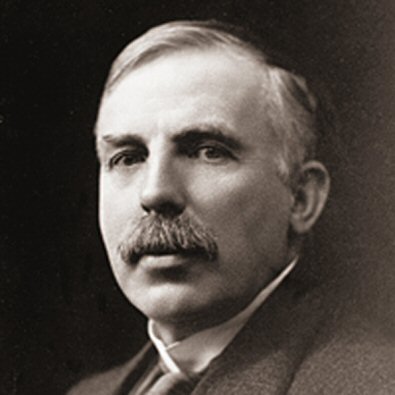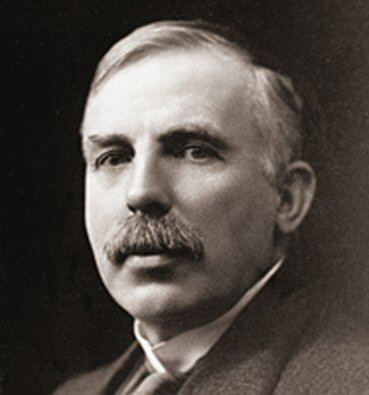June 5, 2019 — By Steven B. Krivit —
Fifth in a Series of Articles on the Rutherford Nitrogen-to-Oxygen Transmutation Myth
This Saturday, the University of Manchester will host a one-day meeting titled “Centenary of Transmutation.” The purpose of the meeting is to “celebrate the centenary of the first experiments to successfully transmute one element into another.”
The meeting has been organized by the U.K. Institute of Physics History of Physics Group and the Royal Society of Chemistry, based on the long-held incorrect belief that, in 1919, at the University of Manchester, Rutherford had transmuted nitrogen into oxygen. This transmutation claim has been one of the longest-standing myths in the history of modern physics.

Sir Ernest Rutherford
According to the organizers, the meeting marks “100 years since publication of ‘Collision of Alpha-Particles with Light Atoms: I, II, III, IV,’ by Ernest Rutherford, June 1919” and is intended to “celebrate the centenary of Rutherford’s discovery of artificial transmutation by collision of alpha-particles with nitrogen.”
But the organizers, like most people in the past 70 years, were mistaken about this history. By now, however, most of the meeting organizers and top university officials know that the transmutation discovery belongs to Patrick Blackett, not Rutherford, that those experiments took place at the University of Cambridge, not the University of Manchester, and that they were published in 1925, not 1919. Some of these people have known for two years.



